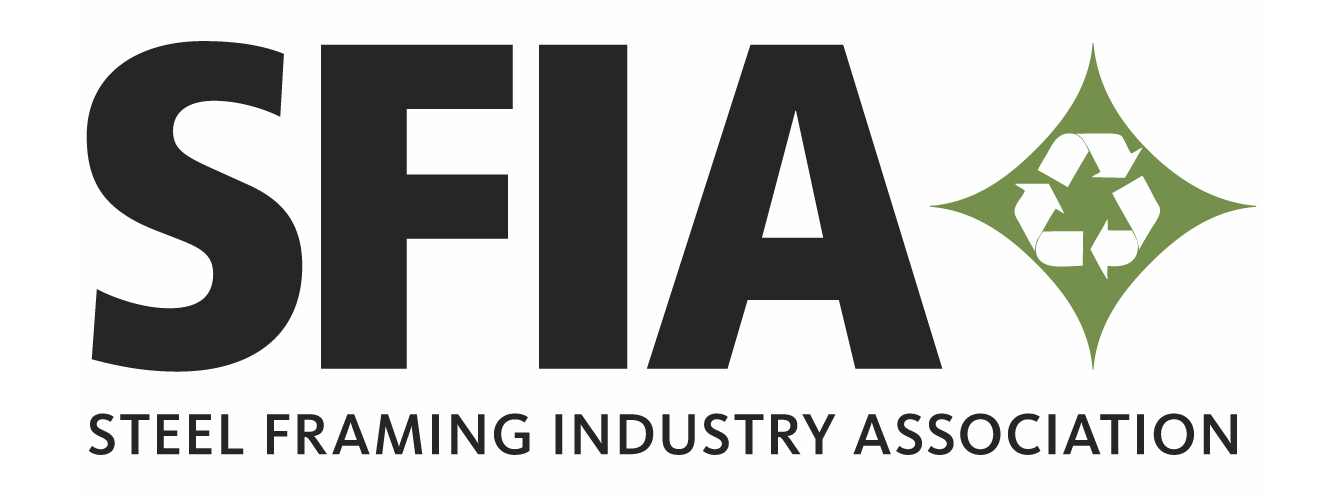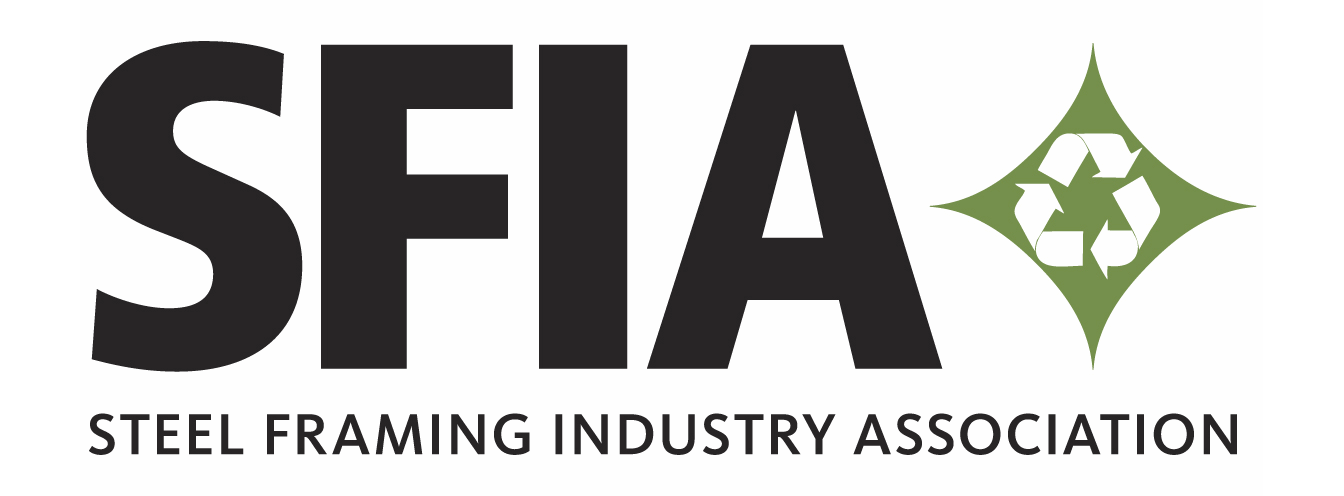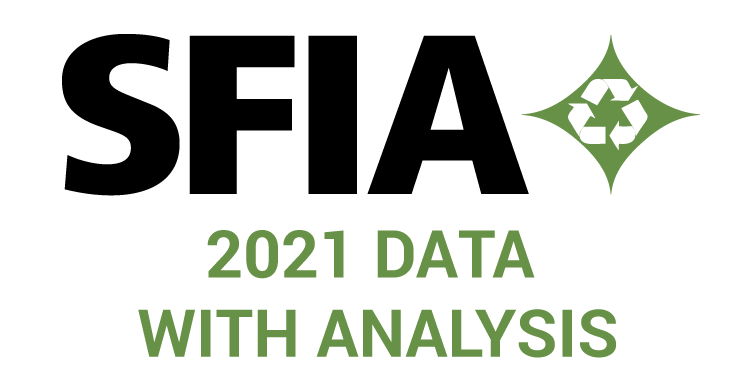The cold-formed steel stud industry is a good leading indicator of non-residential construction demand. Companies in the industry typically produce two major categories of materials, structural studs which are generally installed early in the process as the building shell is being built, and nonstructural studs which are typically used to frame interior walls and similar systems closer to the end of construction. Movements in manufacturing volumes of these products can provide some insight into the current stage of the market cycle.
This report provides buyers and users of cold-formed steel framing in the United States with an industry-wide statistical summary of the volume of steel (in raw tons before processing) used to produce studs, track, joists, angle, furring channel, hat channel, flat steel, Z furring, clips, resilient channel, cold-rolled channel, cold-formed truss components, special cold-formed shapes, and all scrap thereof (metal lath is not reported). Data is derived from a quarterly survey of manufacturers producing a minimum of 85% of the cold formed steel products manufactured in the United States.
Survey participants reported data for 10 thicknesses of material, and in some cases not enough data was reported to protect the confidentiality of contributors. In these instances, the data was omitted from the Nonstructural and Structural tons totals. Consequently, the figures reported for both Structural and Nonstructural tons may differ from Total Tons. In these instances, the figure for Total Tons always provides the most complete picture.

















